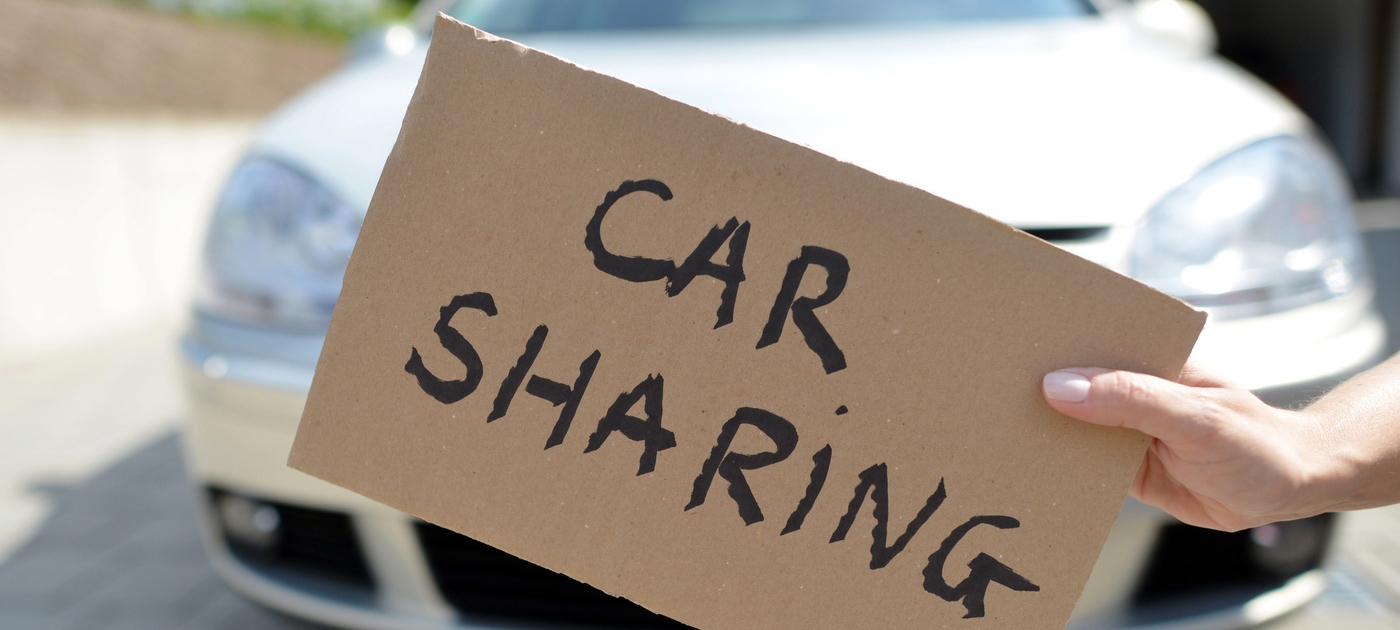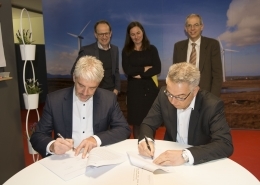CHACOMO: "One million car sharing users by 2030"
The Swiss Mobility Barometer 2023 shows that one in ten people surveyed already uses a car sharing service, and one in five people can imagine using car sharing "rather or very probably" in the next five years. How does "rather or very likely" become "definitely"? This is where the "Shared Mobility Accelerator" program of the TCS Mobility Academy and CHACOMO, which is supported by SwissEnergy, comes in.
First a few figures:
There are almost 8500 shared cars available at almost the same number of locations throughout Switzerland. The data was collected by CHACOMO, the industry association for shared mobility. For comparison: according to the Federal Statistical Office, 4.8 million passenger cars were registered in Switzerland in 2023, i.e. many times more than the number of car-sharing vehicles that can be used when needed. Over 380,000 people were registered on a car sharing platform last year and got behind the wheel of a car sharing car over 1.3 million times. And the number is set to rise.
If you look at the regional anchoring of car sharing in the cities, it is striking: The core cities of Zurich, Aarau, Lausanne, Lucerne and Bern have the highest number of vehicles per 1000 inhabitants. However, the equation - large city = large car sharing offer - is not correct. In Basel and Geneva, the supply is significantly smaller. But car sharing is not just an issue for cities. Thanks to platforms that enable private cars to be shared, there are even more bookable vehicles per capita in some small municipalities than in the big cities.
More users, more offers, better anchoring. That is the goal of the "Shared Mobility Accelerator". The program implements measures compiled by the Shared Mobility Agenda 2030 (SMA 2030) . The SMA 2030 is intended as a basic document for the market development of shared mobility in Switzerland. In connection with the development of SMA 2030, the Mobility Academy and 13 other companies initiated the Swiss Alliance for Collaborative Mobility CHACOMO, which sees itself as an industry association for shared mobility. Energeiaplus wanted to know from Jonas Schmid, Managing Director of CHACOMO, how the use of sharing offers can or should be increased.
Energeiaplus: When was the last time you shared a car?
Jonas Schmid: We share our VW bus with other camping enthusiasts via a Peer2Peer platform. The last time it was booked for three weeks was in August. It's a win-win situation for everyone involved - and platforms like this can also help to reduce the level of motorization.
Energeiaplus: If you look at the ratio of registered cars (4.8 million) and car sharing services (8,500 vehicles), car sharing still seems to be a niche market. Can you say that?
Jonas Schmid: Comparing the number of vehicles leads to a distorted picture of the importance of car sharing in Switzerland. The idea of car sharing is precisely that the mobility needs of as many people as possible can be met with as few vehicles as possible. A look at the number of car sharing users in Switzerland is more revealing: if almost every 10th person in Switzerland uses car sharing, as the Mobility Barometer shows, it is definitely no longer a niche service.
Energeiaplus: The red vehicles of Switzerland's largest sharing provider Mobility are ubiquitous on the roads. Nevertheless, in your opinion, acceptance is not yet sufficient.
Jonas Schmid: Many people who don't yet use car sharing could imagine doing so in the future. We need to exploit this potential. With CHACOMO, we have set ourselves the target of one million car sharing users by 2030. To achieve this goal, we can count on a wide range of offers. Many people are not aware of this: In addition to Mobility's successful car sharing service, there are many other providers on the market. A third of our members are companies that are active in the car sharing sector.
Energeiaplus: And how can acceptance be increased? What are you planning specifically?
Jonas Schmid: On the one hand, we are making it our task to increase acceptance at the specialist and decision-making level, for example with systematic facts & figures on the shared mobility market. We also produce guidelines with recommendations on planning and regulatory issues, and we try to promote cooperation between shared mobility providers. The aim is to exploit synergies in the marketing and operation of services and to support each other in the process.
Energeiaplus: Aarau has the largest number of Car-Sharing services per 1000 inhabitants, while the number of services is smaller in larger cities such as Basel or Geneva. Nevertheless, the canton of Basel-Stadt was recently awarded the CHACOM Oscar for promoting car sharing. How does that work?
Jonas Schmid: With the CHACOM Oscar, we recognize municipalities, cities, cantons or regions that are particularly committed to shared mobility. The canton of Basel-Stadt does this in the area of car sharing by proactively making public spaces available for shared cars at favorable conditions. This serves as a model for many other cities and demonstrates a great deal of political will to promote car sharing. It is quite possible that this measure will soon catapult Basel among the top cities for car sharing!
Energeiaplus: Better framework conditions and better anchoring in overall transportation. That is one goal that the "Shared Mobility Accelerator" program aims to achieve. What specifically needs to be improved? Can you give some examples?
Jonas Schmid: Shared mobility can make a decisive contribution to a sustainable mobility future through more efficient use of vehicles and infrastructure. To achieve this, the services must be massively scaled up and even better integrated with public transport and private transport. It is also crucial that the public and private sectors provide sufficient space for shared vehicles.
Energeiaplus: Car sharing is just one form of shared mobility alongside rental bikes, e-scooters and on-demand shuttles. What do all these services currently contribute to an energy- and space-efficient and climate-friendly transportation system?
Jonas Schmid: All these services enable us to be equally or even more mobile with fewer vehicles, as soon as shared vehicles are used more intensively or are better utilized than privately owned vehicles. In addition, thanks to the variety of shared mobility options, we can use each form of mobility specifically for the routes where it really makes sense and is efficient. This saves space, energy and emissions.
Energeiaplus: And where should the journey take us?
Jonas Schmid: In view of the new individual and collectively accessible forms of mobility, transport thinking based on the traditional poles of public transport, private motorized transport and non-motorized transport is long outdated. The journey is leading to a new, more diverse and climate-neutral world of mobility, in which the shared use of vehicles and the sharing of journeys will become the norm.
 keystone-sda
keystone-sda
 BFELa première contribution pour l’utilisation directe de la géothermie est accordée au projet EnergeÔ Vinzel
BFELa première contribution pour l’utilisation directe de la géothermie est accordée au projet EnergeÔ Vinzel  BFEVerordnungen zur Umsetzung des Stromgesetzes sind auf der Zielgeraden
BFEVerordnungen zur Umsetzung des Stromgesetzes sind auf der Zielgeraden  IMPACT: la plateforme de financement participatif de SIG
IMPACT: la plateforme de financement participatif de SIG  Gérer efficacement des installations photovoltaïques
Gérer efficacement des installations photovoltaïques 
 Parlamentsdienste 3003 Bern / Rob Lewis
Parlamentsdienste 3003 Bern / Rob Lewis REPIC
REPIC
Neuste Kommentare